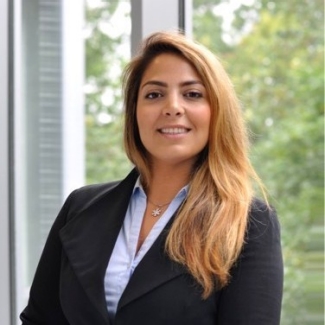Professionals today face a flurry of AI tools, platforms and features, each promising to transform the way we work. But not every one of those innovations delivers. Many organizations fall into the trap of investing in trendy AI solutions that fail to meet their needs, ultimately draining time, money and energy.
“People are often looking for the best model or the newest tool, but what matters more is that it makes sense for what you’re trying to do,” explains AI strategist Parnaz Tabrizian.
Tabrizian, who serves as Director of Innovation Labs at Alberta Investment Management Corporation (AIMCo), has helped teams across sectors build, evaluate and implement AI tools. At Concordia Continuing Education, she brings that deep expertise to the classroom to support professionals in building clarity and confidence in AI adoption.
For Tabrizian, adopting AI isn’t about grabbing the latest release. It’s about the discipline of forecasting value by understanding which capabilities are becoming essential in a given field, why they matter, and where they can meaningfully improve your process today.
She says the difference between trend-chasing and true productivity comes down to clarity of purpose. She’s seen teams pour resources into developing custom tools, only to have a cheaper off-the-shelf solution solve the problem a month later.
She’s also seen companies rush to adopt a trending platform that adds friction, not value, because it doesn’t align with how the work actually gets done.
That misalignment, Tabrizian argues, is the pitfall many organizations are stumbling over. Not missing out on AI’s full potential, but simply buying in based on misguided reasoning.
Identify repetitive workflows
She offers a pragmatic starting point.
“Look at what you do every day,” she says. “What are your repetitive tasks? What takes time that doesn’t need judgment? That’s where AI automation makes the most sense.”
Develop a feedback loop
From there, it’s about experimentation. Tools like chatbots, Tabrizian says, require constant refinement.



 Parnaz Tabrizian, AI strategist
Parnaz Tabrizian, AI strategist